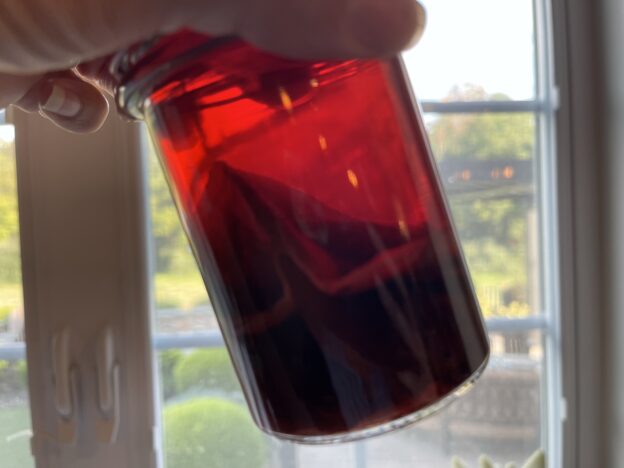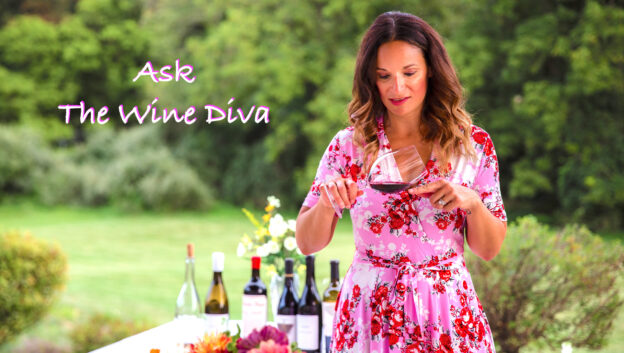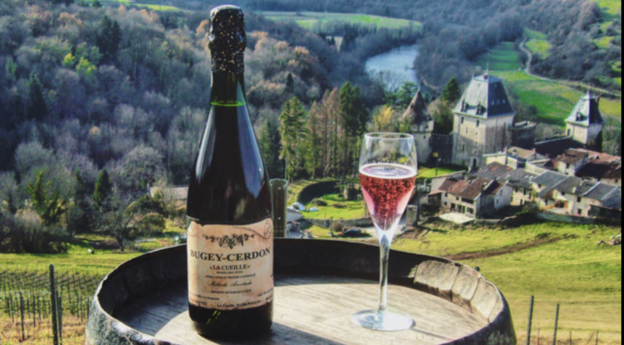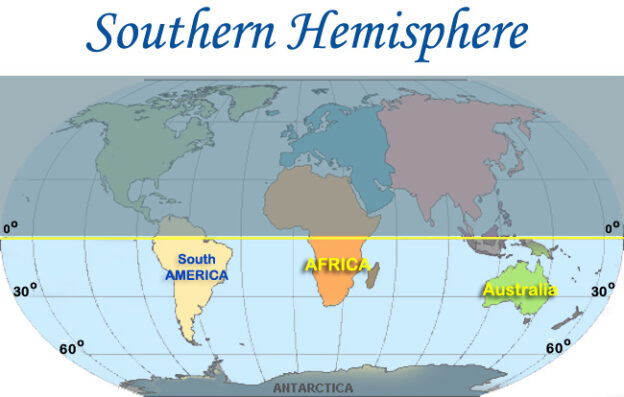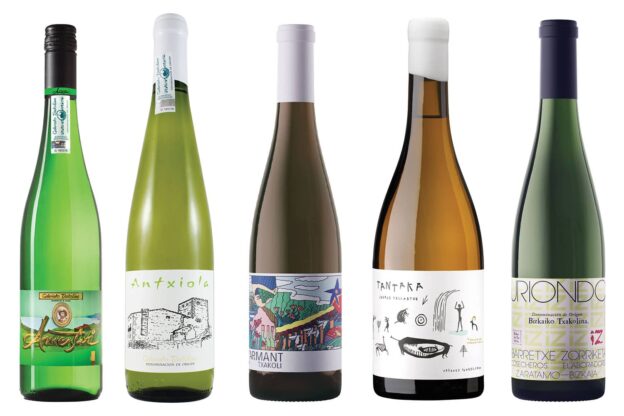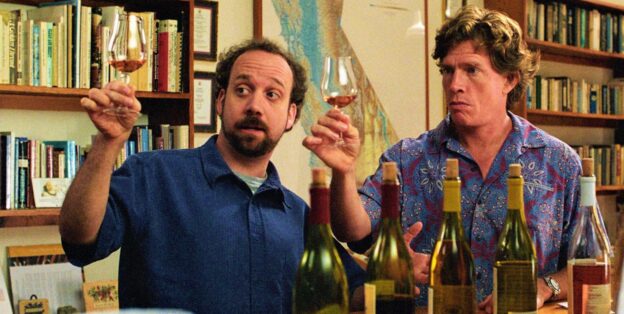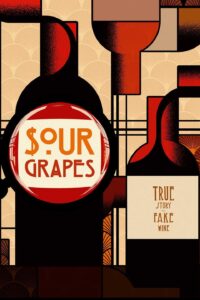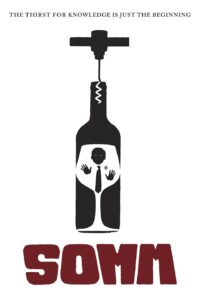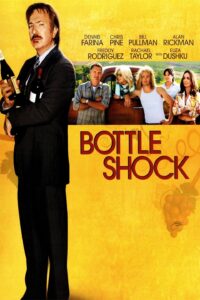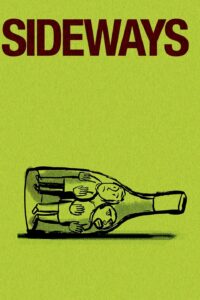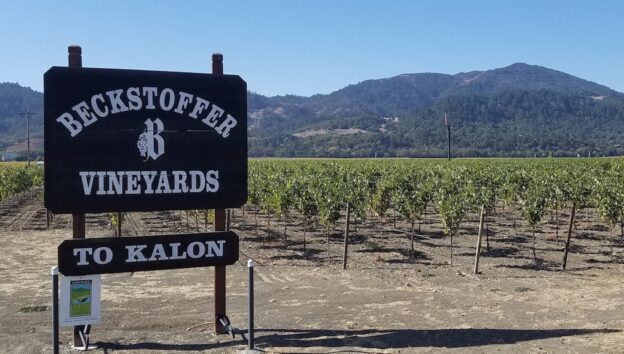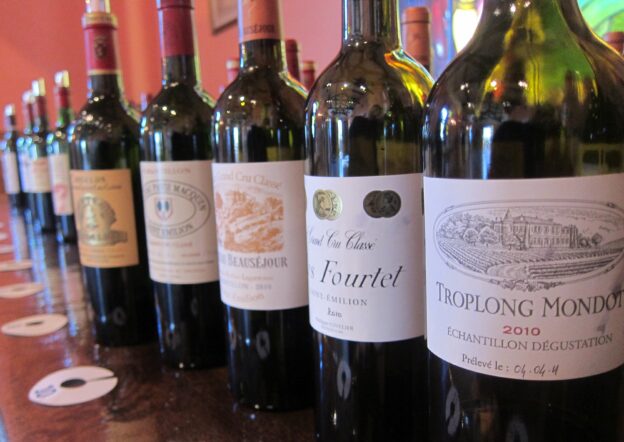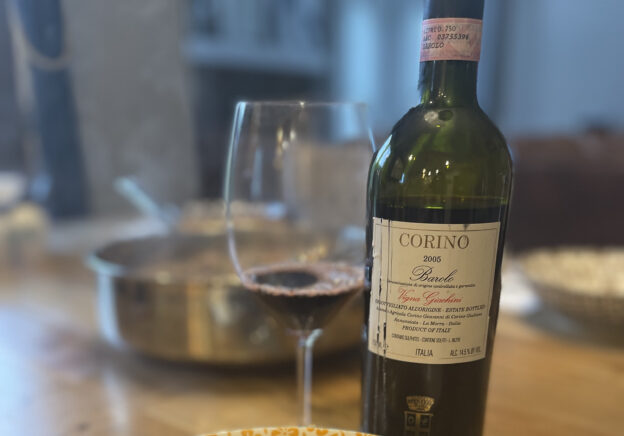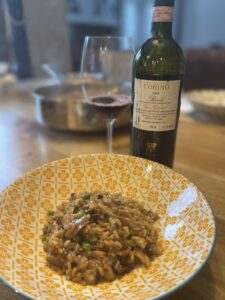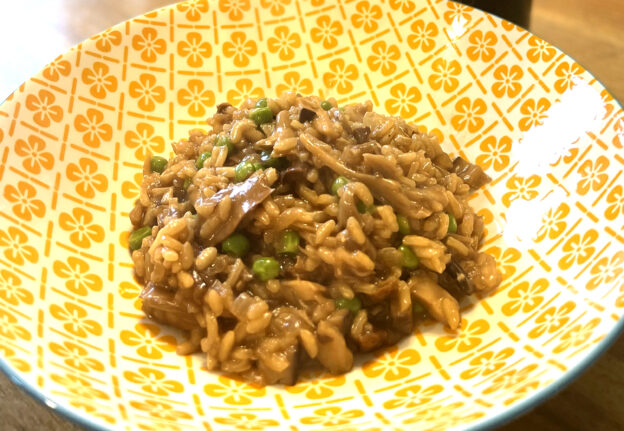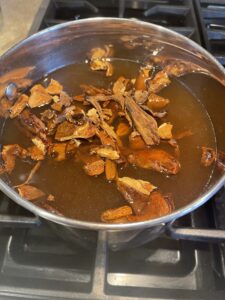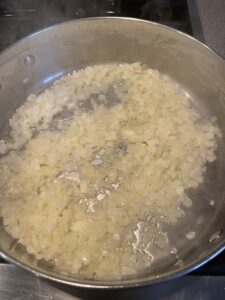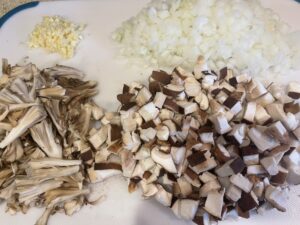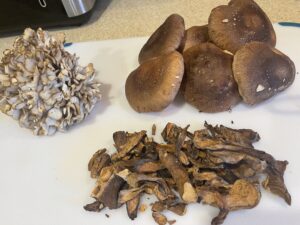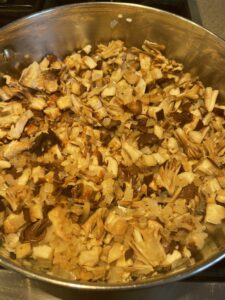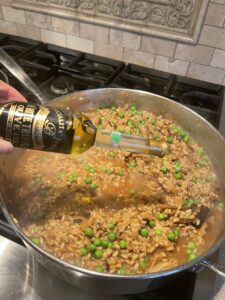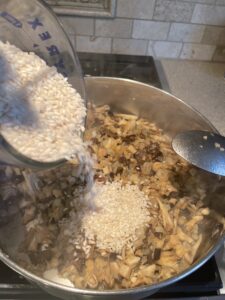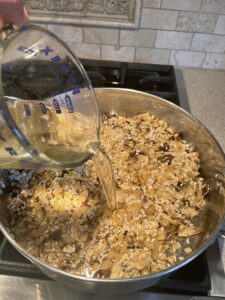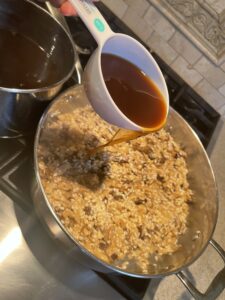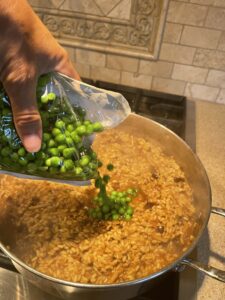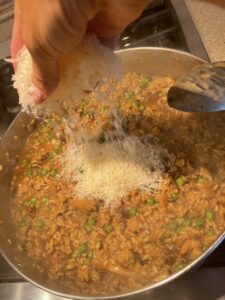When you see “Grand Cru” on the label of a bottle of Saint-Émilion wine, what does that really mean? I’ll give you a hint – it’s not the same as the Cru system used in Burgundy. The classification system in Saint-Émilion can not only be confusing to consumers, but it has been fraught with controversy, scandal, legal battles, and criminal convictions!
For those unfamiliar with the nuances of this case, let’s dive a little deeper into Saint-Émilion, its wines, and its controversial classification system.
The Wines of Saint-Emilion
Bordeaux is split in two by the Gironde Estuary, which then splits into the Dordogne and Garonne rivers. To the right of the Gironde is the Right Bank and to the left of the Gironde is the Left Bank.
Saint-Émilion is located on the Right Bank of Bordeaux where clay and limestone soils are found in abundance. This soil type does a good job of retaining moisture while also draining excess water. Due to that water content, it also stays cooler, which means it is best planted with grape varieties that don’t need a ton of heat. As a result, Cabernet Sauvignon, which needs long periods of warm temperatures to ripen, doesn’t do quite as well here. Merlot, on the other hand, thrives on these cooler, wetter soils, as does Cabernet Franc.
These clay soils, along with the varietal character of Merlot, result in wines that are softer and fruitier with lower tannin and acidity than the Cabernet-driven blends of the Left Bank. They tend to be more approachable when young, although the better wines can certainly be cellared.
Saint-Émilion Classification System
So now that we’ve established that Saint-Émilion is on the Right Bank and produces softer, fruitier Merlot-driven wines, how do you know what bottle to buy when you walk into your local wine shop? Saint-Émilion’s wine council tried to help consumers with this question by establishing a classification system for wine quality.
The Saint-Émilion Classification system was established in 1955 with four increasing quality levels:
- Grand Cru (hundreds of estates)
- Grand Cru Classé (63 estates)
- Premiere Grand Cru Classé B (15 estates)
- Premiere Grand Cru Classé A (4 estates)
Quality Criteria
A number of different criteria are used to evaluate the quality of an estate (called a Chateau in Bordeaux). These criteria are then weighted and scored, with those weightings varying based on the classification level being sought. An example of some of the assessment criteria includes:
- Sampling of an estate’s wines from the previous 10-20 vintages
- Terroir (location, soil, geography, topography, etc.)
- Estate reputation
- Promotional activities including social media
- Presence of public tasting rooms and involvement in wine tourism
- How the wines are distributed and priced
- Technical production of the wines for quality production
Pros and Cons
The benefits of having a classification system are primarily:
- To help consumers make better purchasing choices and give them confidence about the quality of the wine on which they spend their hard-earned money.
- To contribute to the reputation of an estate, and allow producers at the upper classification levels to charge higher prices for their wines.
However, not all classification systems are created equal, and not all meet these goals. Sometimes these systems end up creating even more confusion. For example, in Saint-Émilion, Premiere Grand Cru Classé estates are essentially the First Growths of Saint-Émilion. However, in contrast to Burgundy, which places “Grand Cru” at the top level, Saint-Émilion places “Premiere Cru” at the top level and Grand Cru as their lowest level, causing a fair amount of consumer confusion.
Also, there has been some debate as to why things like social media presence and the existence of a tasting room are used to assess the quality level of an estate’s wines, which has only led to the ongoing dispute over this classification system.
Further, unlike the Left Bank’s 1855 Classification system, which was established 150 years ago and is pretty much etched in stone, the Saint-Émilion classification was meant to re-evaluate estates every 10 years. As a result, it was updated in 1969, 1986, 1996, 2006, 2012 and 2022. However, it has been fraught with controversy and scandal for the past several decades, mainly driven by producers who have been unhappy with how they have been classified.
Let’s take a look at the timeline of controversy, where the classification system stands today, and whether consumers can actually trust this classification when buying a bottle of wine from Saint-Émilion.
Timeline of a Controversial Classification System
Sept 2006: The 2006 Saint-Émilion classification was challenged in court by four producers who had been demoted in quality level. The legal dispute claimed several members of the assessment panel had conflicts of interests (e.g. were involved in business dealings with some of the estates), and thus could not be impartial.
March 2007: A tribunal suspended the 2006 classification indefinitely due to the court case.
Nov 2007: The French supreme court overturned the suspension, reinstating the 2006 classification. However, this ruling essentially only determined that the case brought by the four estates should not void the entire classification. A hearing was still to proceed on the suit brought by the four estates.
July 2008: The court ruled that the wine tasting process used in the 2006 classification was not impartial, again invalidating the entire classification. It was determined that appealing this ruling to try to reinstate the 2006 classification would take about two years with an uncertain conclusion. Therefore, upon request by the French regulatory body for wine, INAO, the French Government used emergency powers to reinstate the classification by extending the validity of the 1996 classification. As a result, the four demoted estates that brought the suit were able to keep their classification, but other estates that had been promoted in 2006 were not. This created not just ill will with those producers, but potentially hurt them financially and damaged their reputation.
Dec 2008: The French senate allowed the total of eight estates that had been demoted or had their promotions retracted to regain their promotions.
Jan 2009: The French government constitutional council overruled the judgment to promote the eight estates and demoted them once again.
March 2009: The French Court of Appeal made a final ruling that the 2006 Saint-Émilion classification will not stand and voided it.
May 2009: A law was passed clarifying that the estates promoted to Grand Cru Classé in 2006 would be able to keep their status and back date it to the date of the classification. As a result, the status of the classified estates of 1996, plus the eight chateaux promoted in 2006, was mandated by law until 2011.
June 2011: The Saint-Émilion classification was given permission to move ahead with the 2012 evaluation. The 2012 classification was conducted differently by outsourcing tastings and inspections to independent groups (e.g., wine professionals from Burgundy, Rhône, Champagne, Loire and Provence). There was also no longer a fixed number of estates that could be classified.
January 2013: Three estates that had been demoted or not promoted in the 2012 classification filed complaints, claiming there were procedural errors in the selection process.
April 2013: Those same three estates filed a criminal complaint of ‘illegal interference’ due to members of the assessment panel also being owners of estates that benefitted from the new classification.
Dec 2015: A tribunal upheld the 2012 classification as legal. The three complaining estates appealed the ruling.
Aug 2019: The owners of Château Angélus and Château Trotte Vieille were ordered to stand trial on criminal charges of having an illegal conflict of interest in the reclassification that saw Angélus elevated to Grand Cru Classé A and Trotte Vieille retain its Grand Cru Classé B, while both owners were in positions of influence in the organization that oversaw the classification system.
Oct 2021: The owner of the very prestigious Château Angélus, was found guilty of influencing the 2012 Saint-Émilion classification to benefit wineries in which he had financial interest or acted as an advisor. He was fined €40,000. The second defendant in the case, who owned Chateau Trottevieille and was a member of the assessment panel, was acquitted.
March 2022: A Bordeaux court of appeal dismissed the civil lawsuits brought by the three estates, re-establishing the legitimacy of Saint-Émilion’s 2012 Classification.
Jan 2022: The upcoming Saint-Émilion 2022 Classification process is currently underway, but has already taken an enormous hit to its reputation and potentially to its future. Three of the four ‘Premier Grand Cru Classé A’ estates from 2012 – Châteaux Angélus, Cheval Blanc and Ausone – have all independently said that they do not want to be part of the 2022 ranking process.
June 2022: The fourth ‘Premier Grand Cru Classé A’ estate, Chateau La Gaffelière, also announced their withdrawal from the Saint-Émilion classification.
So where does that leave Saint-Émilion’s 2022 classification? Saint-Émilion’s wine council said they are proceeding with the 2022 Classification, despite the high-profile withdrawals of the region’s top four estates. The final classification is slated to be released in September 2022.
What to Buy?
So as a wine consumer, where does this leave you? Should you even still buy wines from Saint-Émilion? Can you put any faith in the wine’s classification? The short answer is yes! Regardless of the politics involved in the classification process, many Saint-Émilion wines are delicious and worth seeking out.
The wines classified as Premiere Grand Cru A and B are reliably stunning, ageworthy and of the highest quality. They are, however, very expensive. For example, a bottle of Cheval Blanc will set you back at least $500.
Although there are definitely excellent wines that are in the Grand Cru category, there is a significant difference between Grand Cru and Grand Cru Classé. To achieve Grand Cru status, a vineyard just needs to be located in an area that has been classified as Grand Cru, and the producer must also meet some local rules and regulations. Over 200 vineyards are classified as Grand Cru, and estates using these vineyards are automatically granted this status without needing to apply for it.
Grand Cru Classé wines are from better vineyard sites, the estates must apply for this designation, and a committee assesses the quality of the wines via a blind tasting. In 2012, 63 estates met the established criteria for Grand Cru Classé. However, they are still going to set you back $40-$100+.
There are always exceptions to the rules and there are some excellent Grand Cru wines that meet or exceed the quality of some Grand Cru Classé wines. As with all wines, the safest option is to get to know producers and buy the ones that you’ve had a good experience with. Here are some that I have enjoyed:
- Château Barde-Haut St.-Emilion Grand Cru ($35)
- Chateau Troplong Mondot St.-Emilion Grand Cru ($45)
- Clos de l’Oratoire Saint-Emilion Grand Cru Classé ($50)
- Château Canon-La Gaffelière – St.-Emilion Grand Cru Classé ($90)
- Chateaux Garcia Saint-Émilion Grand Cru ($125)
- Clos Fourtet -Emilion Premier Grand Cru Classé ($125)
